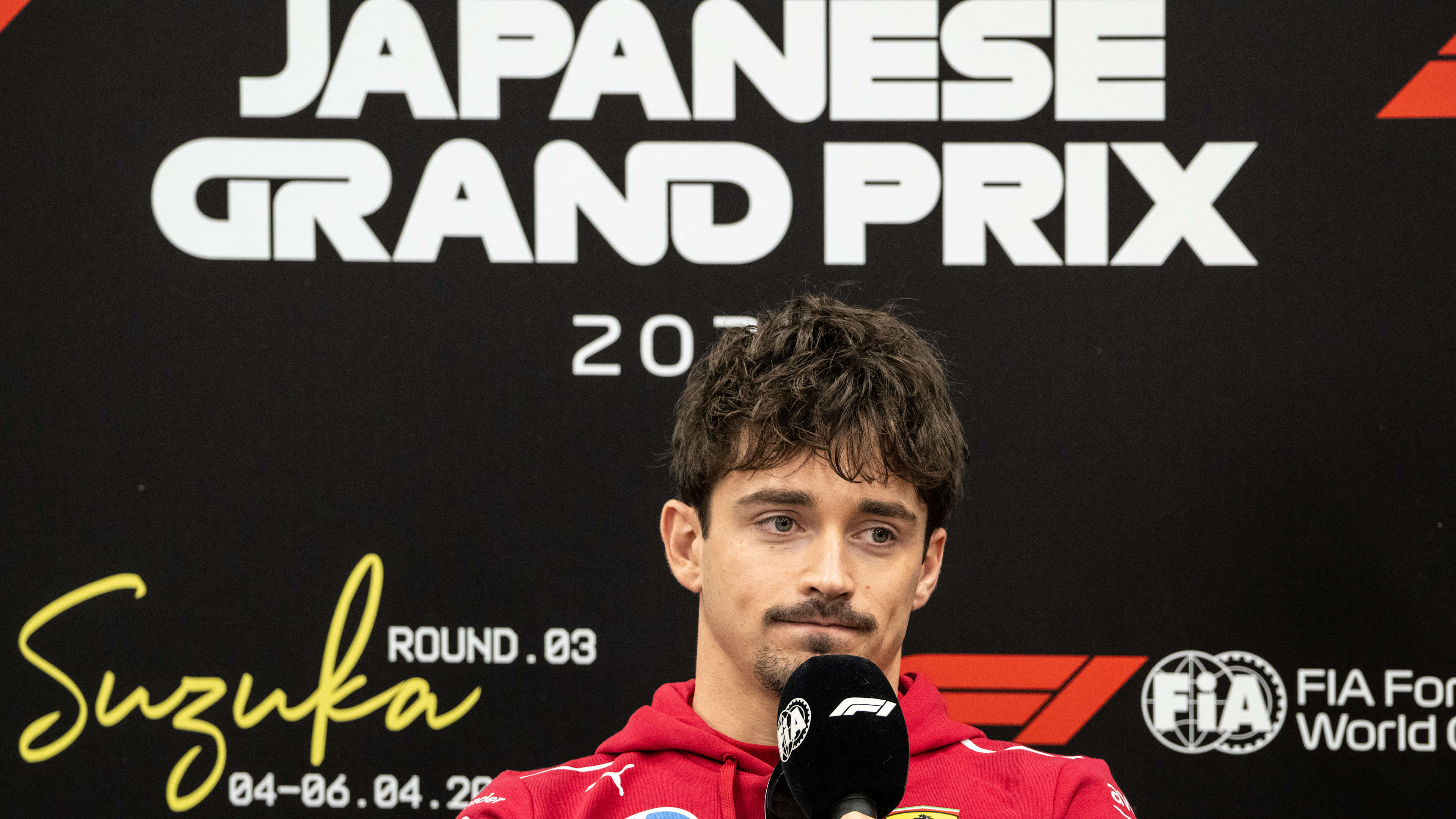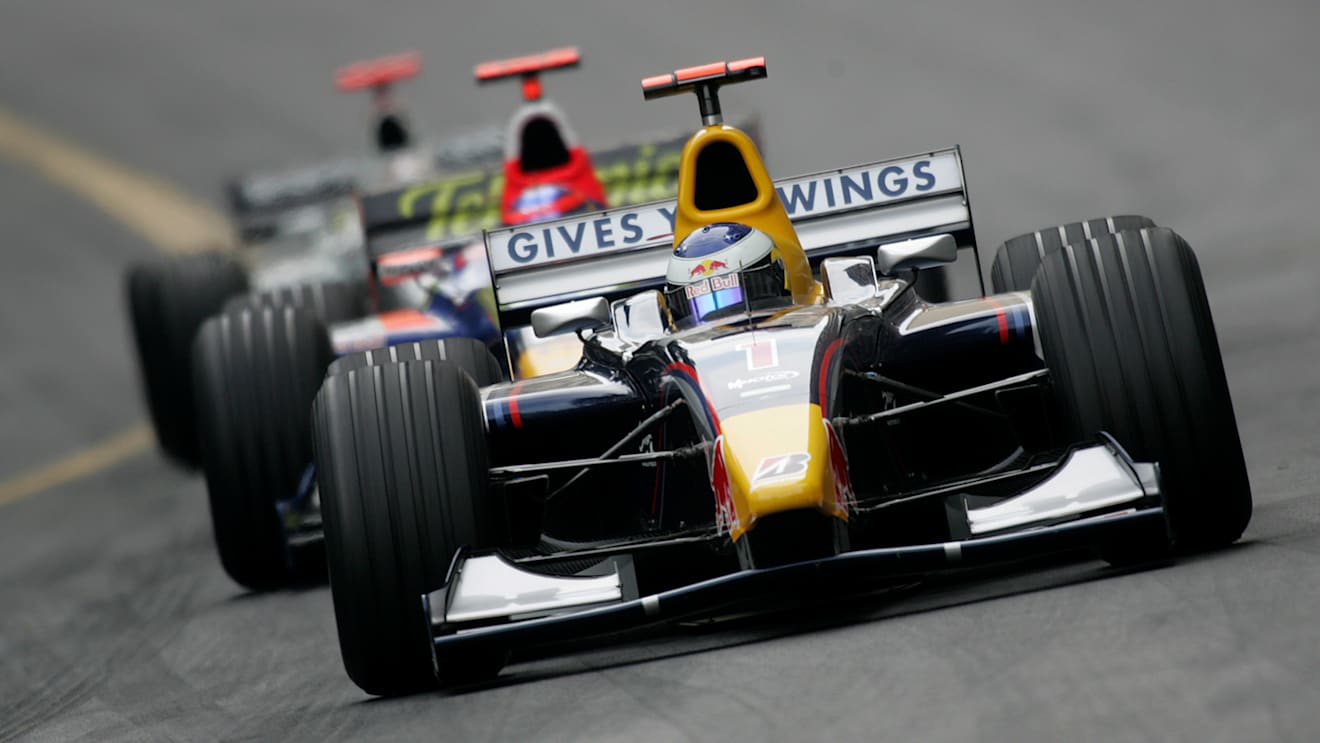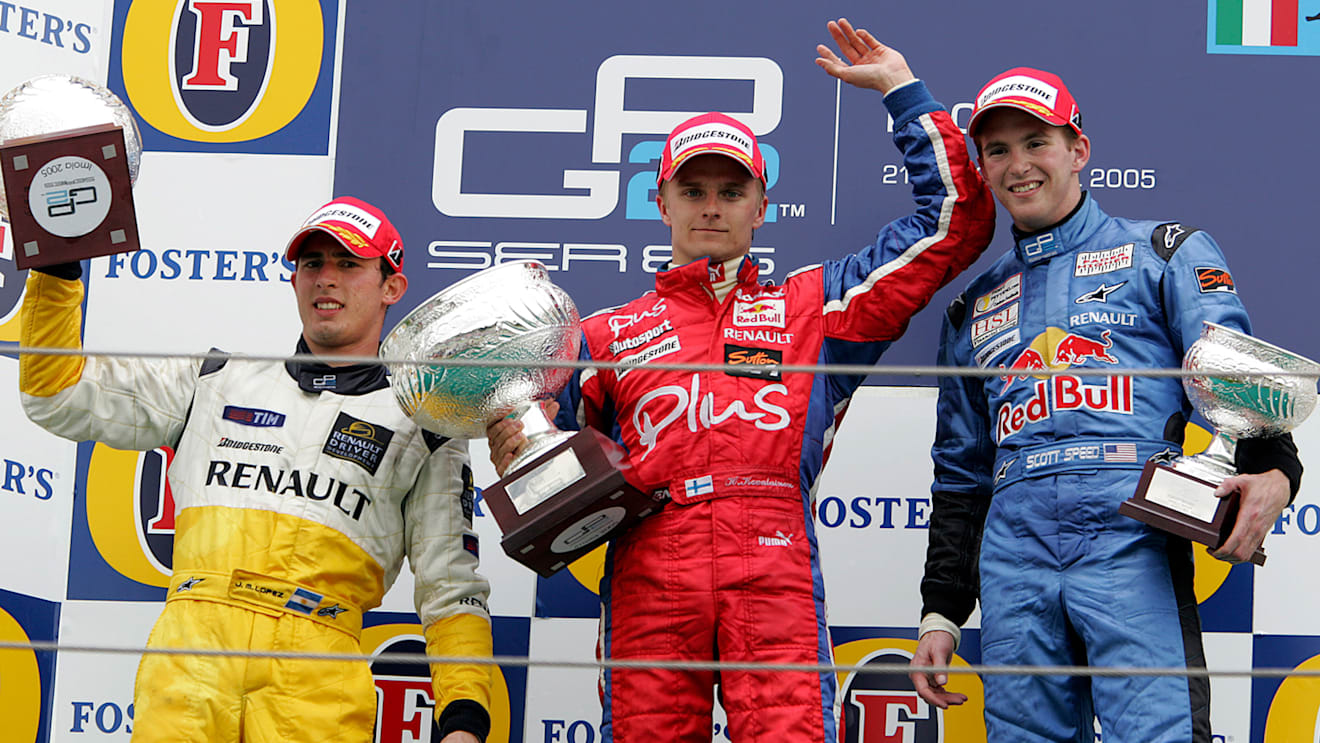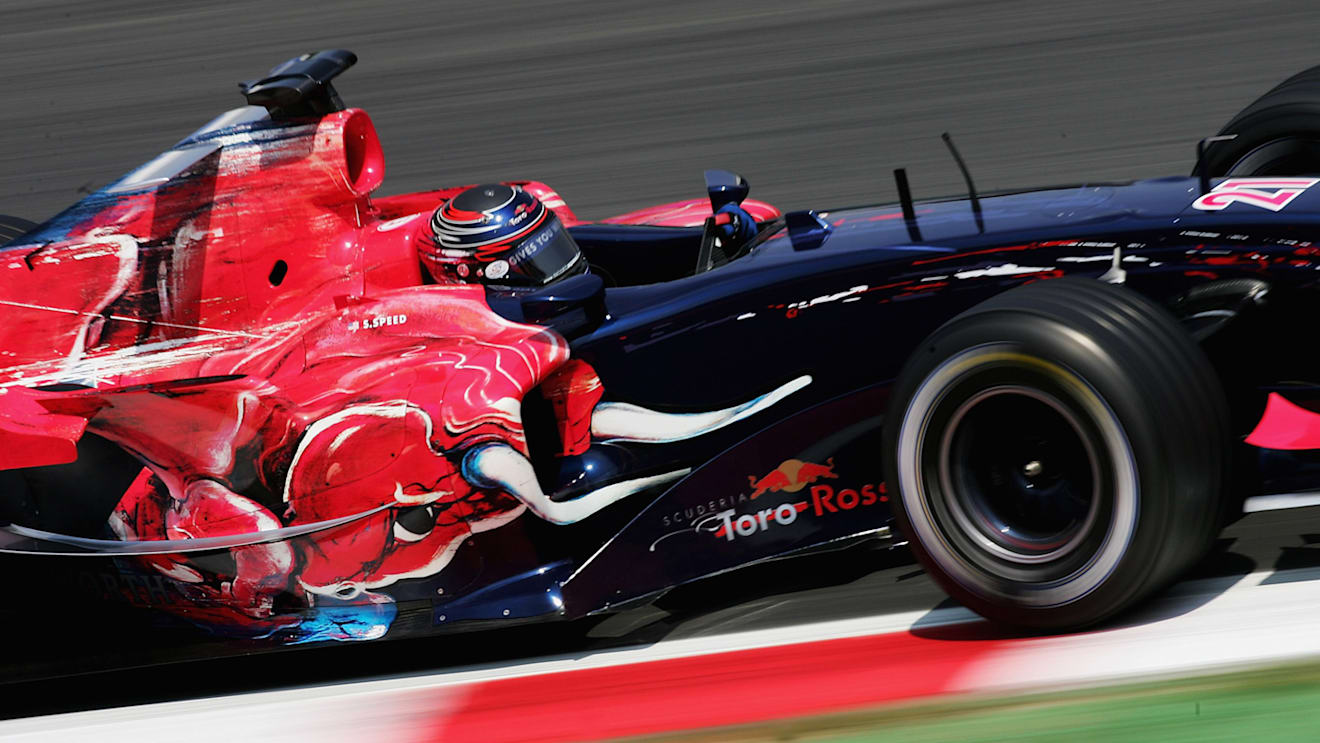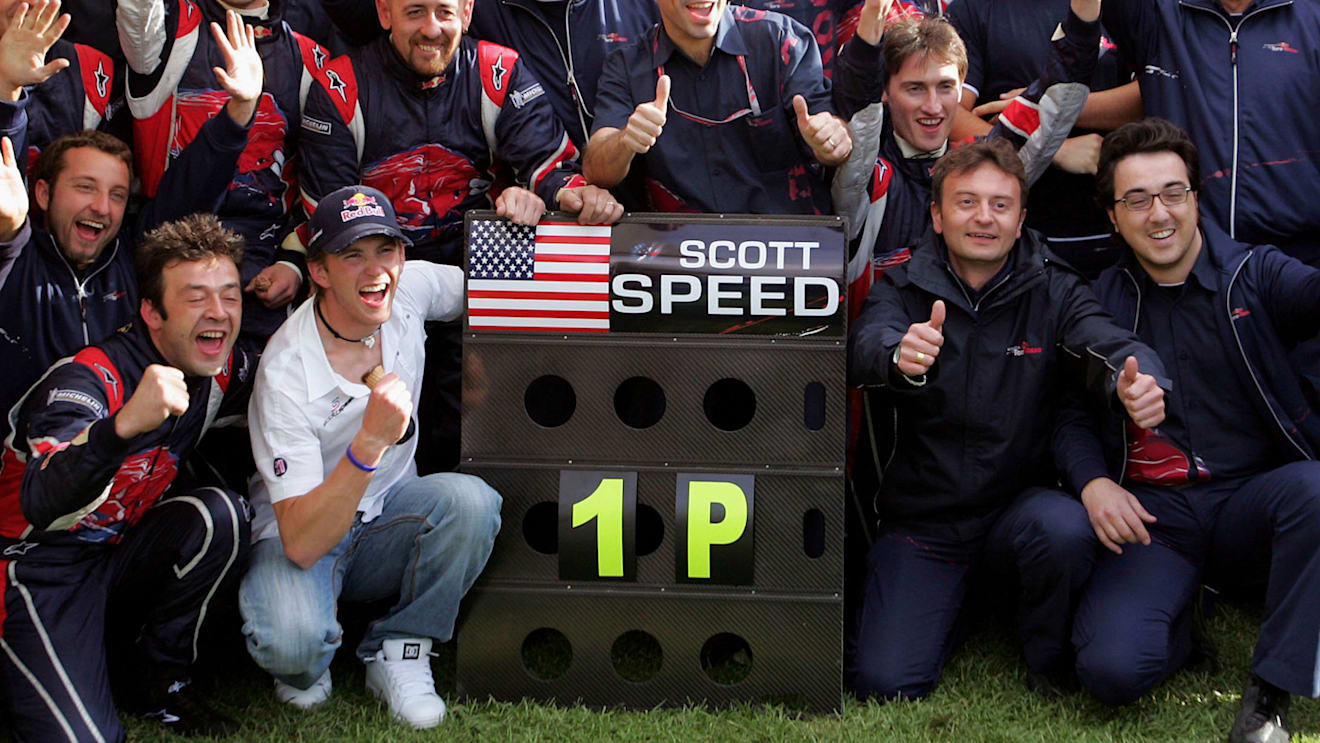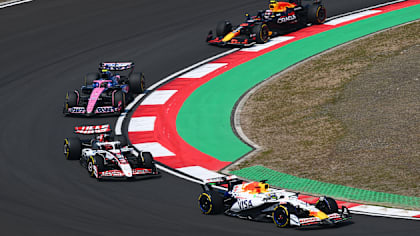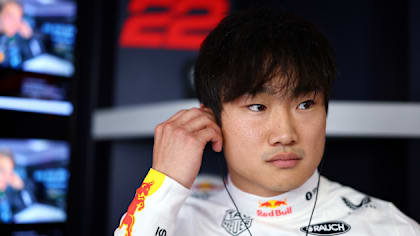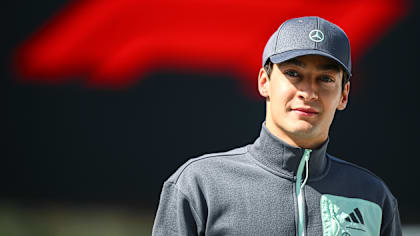
Feature
LIGHTS TO FLAG: Scott Speed on his ‘outrageous’ F1 ego, what happened at Toro Rosso and a new chapter off track

Share

Scott Speed was one of the first Red Bull junior drivers to reach Formula 1 in the mid-noughties, only for the journey to last just a season and a half. In our latest Lights to Flag feature, Speed talks about battling a chronic disease in and out of the car, what really happened during his time at junior outfit Toro Rosso – which included run-ins with established racer David Coulthard and team boss Franz Tost – and how a significant post-F1 injury shaped the next phase of his life and career.
Speed lives up to his surname
Speed was born and raised in Manteca, California, but rather than the popular dirt oval route taken by the likes of NASCAR legend Jeff Gordon and current series star Kyle Larson – who both grew up a matter of miles away – he went go-karting with one eye already on F1.
His F1-watching, Michael Schumacher-supporting, kart-racing father was central to those early years. While Mike Speed “started really late and didn’t have a lot of money”, he made his mark on the national scene and laid the foundations for the next generation in the family.
“When you’re a kid, you absorb the environment around you,” says Speed. “My dad took me to the go-kart track from the age of three and was the person I looked up to the most as my provider. I think it’s a very natural connection to say, ‘Okay, I want to do that’, and to make him happy.
“My dad’s friend had a kid and, when I was 10 years old, they said, ‘Hey, Mike, would Scott want to drive our kart?’ I got in the kid’s kart – he was around a year older than me – and I went faster than him on my first ever go. The friend was like, ‘Dude, he needs to race’. So, they gifted us that kart and I used it for my first year of racing.
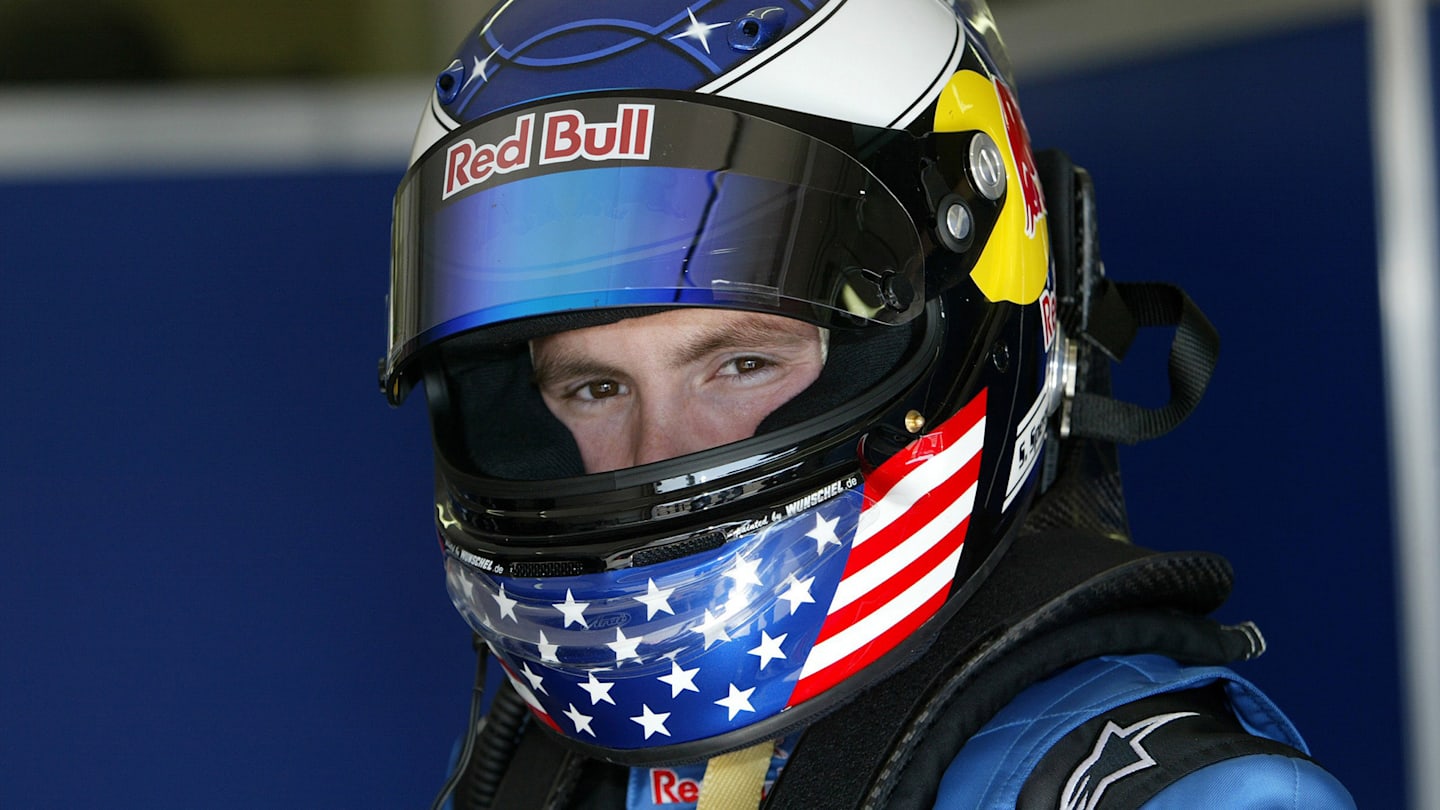
Speed worked his way up the motorsport ladder with backing from Red Bull
“I won a national title in my second year and, from that moment, I became a fully sponsored guy. I was able to race because of those results, so it really imprinted on me this identity that I was a naturally talented racecar driver. I was like, ‘This is what I’m supposed to do’. But it ended up being a really bad, fixed mindset with a cascade of issues later on.”
Red Bull come calling
Speed progressed from karts to single-seaters in 2001, securing the US Formula Russell title as a rookie before placing third in the 2002 Formula Dodge National Championship and making a race-winning appearance in the Star Mazda North American Championship.
Then came a phone call that would change the course of his career and life.
“I was unbelievably lucky to get an opportunity with Red Bull,” admits Speed. “I’d run out of every free opportunity that I had in racing, I’d started community college to be an engineer, and I got a call from Red Bull and Danny Sullivan saying, ‘Hey, we’re going to do this American driver search, do you want to be part of it?’ I was like, ‘Absolutely, of course!’
“I was also lucky because a guy like [Red Bull advisor] Helmut Marko didn’t care about how well I talked to people or how social I was. Towards the end of my karting career and getting into single-seaters, I realised that you needed money to keep going, and it really disheartened me. I didn’t want to be the guy who was just good at finding money, I wanted to be the best racing driver.
“The only thing Red Bull cared about was who was fast. It wasn’t who was bringing money at the time, it wasn’t who was well polished and spoken, it was about finding a fast racecar driver. So, I ended up winning the Driver Search spin-off event and got the opportunity to move to England, which was a massive, massive challenge for me.
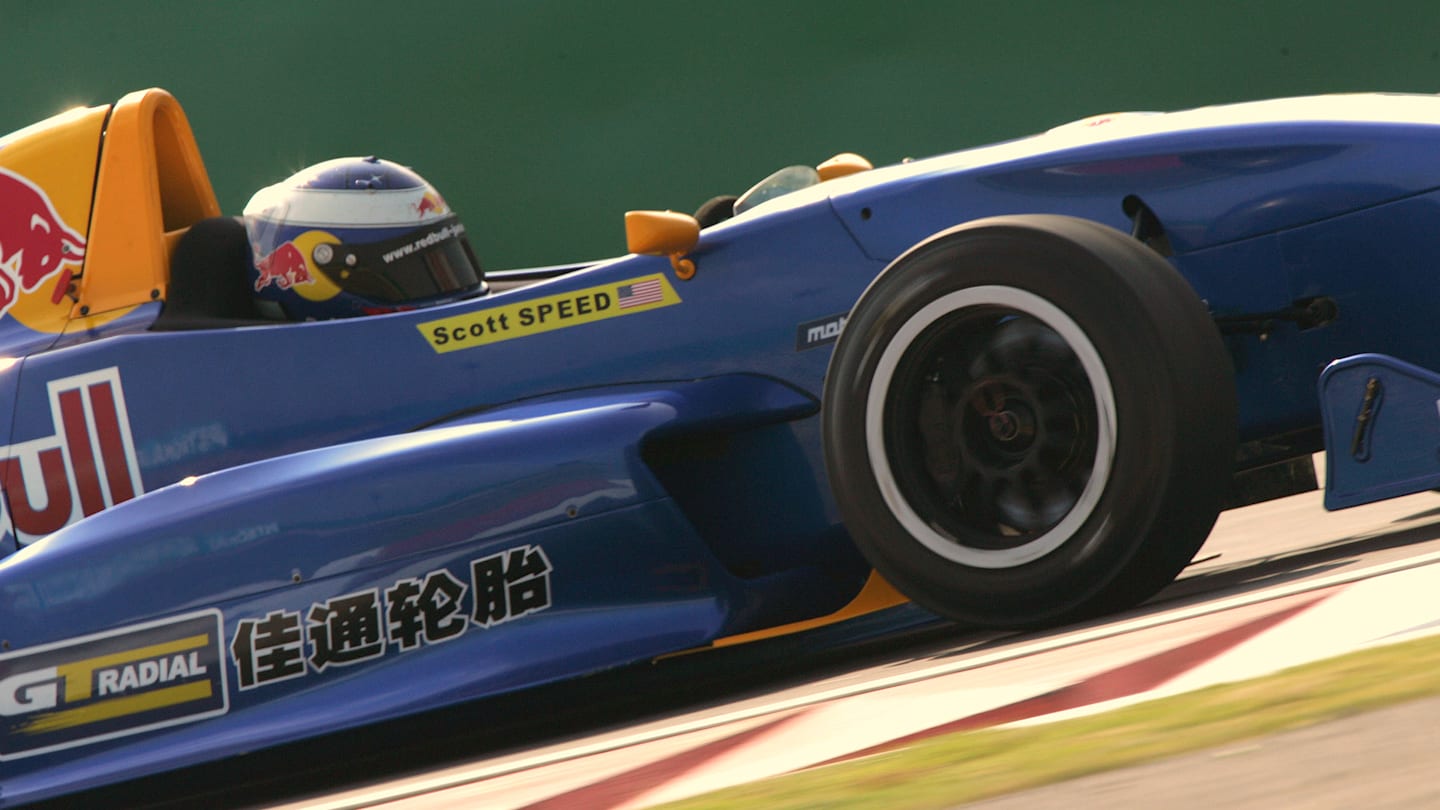
After a difficult part-season in British F3, he made his mark in Formula Renault machinery
Health issues take hold
Speed was moving some 8,500 kilometres away from home to compete in the British Formula 3 International Series, a fiercely competitive category full of developing drivers eager to prove that they had what it took to rise to the very top of the sport.
But it would not only be leaving family and friends behind or adapting to a new culture and climate for Speed to contend with. He fell ill shortly after the relocation and was diagnosed with ulcerative colitis – a form of inflammatory bowel disease that comes with a host of uncomfortable symptoms.
Speed cut short his 2003 F3 campaign to return to the United States for treatment, crediting Red Bull for the “unbelievable support” they gave him during that period, and returned to action in 2004 – this time tackling the Formula Renault 2000 Eurocup and Germany championships – determined to “prove myself” as a front-runner.
Although his health problems were far from over, and would stay with him for the years to come, Speed valiantly fought through them to take both titles in style.
“For me, the really cool thing about motor racing is that you’re the brain of the body,” he explains. “If you’re physically able to move things around, you can do it, so it became super apparent to me at the time that if I was physically able to do the stuff I needed to in the car, I could still be successful.
Honestly, I had a superpower of being able to focus. Even when I was having to wear diapers, it really didn’t take up a lot of my mental processing.
Scott Speed
“At my very worst physically in 2004, [with low levels of] hemoglobin, needing a blood transfusion, feeling super weak, I won both races at Brno. That season I was racing against drivers like Romain Grosjean, Simon Pagenaud and Pastor Maldonado – there was a stack of [high-level] drivers.
“Honestly, I had a superpower of being able to focus. Even when I was having to wear diapers, it really didn’t take up a lot of my mental processing. It was happening in the background, but I was so focused on what I was doing, it only really kind of became a problem – more of an inconvenience and a pain – off the track.”
A dream F1 test debut
Speed’s ascent continued in 2005 when he stepped up to the GP2 Series – which had been renamed from Formula 3000 – and bagged five podiums en route to a commendable third in the standings behind Heikki Kovalainen and champion Nico Rosberg.
His F1 dream also started to become a reality when Red Bull gave him a maiden run in their car at Barcelona alongside regular test driver Neel Jani. An encouraging performance led to a second test session and, over the summer, breakthrough Friday practice outings at the Canadian and United States Grands Prix.
“When I got the call from Helmut that I was going to test an F1 car, I thought, ‘That’s it, I can die a happy man!’” Speed smiles. “It was such an unbelievable dream for me, because I couldn’t even afford to go go-kart racing, and I’m from California. Who does that? The events that happened to make it a reality are incredible.
1 / 2
“It was very apparent early on that I was fast in the F1 car. I think it’s because of the difference in feeling a tyre at 4.5G versus 3.5G. Being able to feel a tyre at such a high G was a big separator. There were a lot of really fast guys in GP2 and, when they got their chance in F1, there were big gaps that all of a sudden showed up.
“I felt unbelievably blessed to be able to get that opportunity in an F1 car. Undoubtedly, not having any expectations helped me, because I was just happy to be there and happy to be part of it. It certainly helped me perform at my best that day, and that’s what earned me my F1 ride.”
Securing a full-time shot
Indeed, after weeks of speculation in the F1 paddock, it was announced in September 2005 that Red Bull had purchased the back-of-the-grid Minardi outfit and would be turning it into a dedicated junior team for their up-and-coming talents.
Speed was one of the two drivers selected for 2006, alongside former F3000 champion and part-time Red Bull racer Vitantonio Liuzzi, meaning he ended America’s wait of more than a decade – stretching back to Michael Andretti in 1993 – to cheer on one of their own.
But while on one hand it marked the biggest milestone of his career to date, Speed’s F1 promotion would bring an unsettling realisation.
“As soon as you reach F1, you don’t get to compare yourself anymore,” he says, pointing to the same spec series at junior level. “Every car is different and maybe one team mate is all you’re competing against. I find that so interesting and inspiring when you see someone like a Lewis Hamilton or a Fernando Alonso who are still doing it.
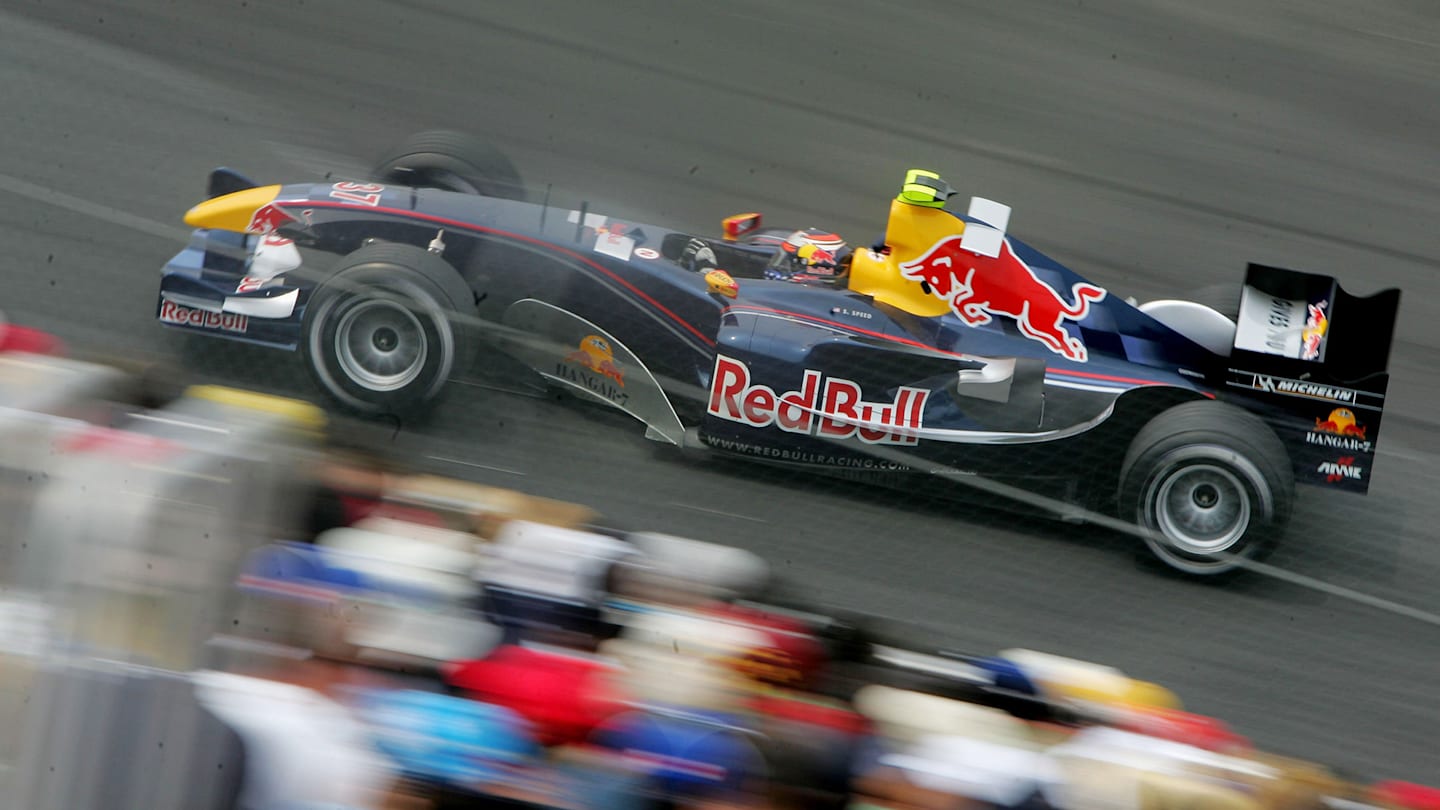
Speed drove on an F1 weekend for the first time with a Friday run for Red Bull in Canada in 2005
“My whole career in racing, and I know this now, was just validation. I wanted to validate myself, and racing was the thing I used. As soon as I lost the ability to compare myself, like winning races or being better than everybody who is in relatively equal [equipment]… I lived for that, and that’s what I was chasing.”
Speed versus Coulthard
It made what happened on only his third race weekend even more frustrating. Opportunities to score points were few and far between for Speed and Liuzzi in that 2006 season, with Toro Rosso running what was effectively an upgraded RB1 package from Red Bull’s first campaign while both drivers got used to life in F1.
One of Speed’s best chances came at the Australian Grand Prix, where a sizeable crash for team mate Liuzzi during the closing stages of the race brought out the yellow flags. Amid the drama, he passed David Coulthard and kept the veteran Red Bull driver at bay over the final laps to cross the line in eighth – the final points-paying position.
However, Speed would receive a 25-second post-race penalty after the stewards found him guilty of speeding under those yellows, which dropped him to ninth, as well as being fined $5000 for using “abusive language” in the hearing with Coulthard.
“He did a much better job politicking that thing with the stewards than I did,” Speed looks back. “I remember being super jaded afterward, because it’s like, ‘Same team, bro’. I was 100% sure that there was no way they could take it away, but I did a really poor job of making my case and communicating that.”
1 / 2
P9 at Albert Park marked Speed’s best result in 2006, with Liuzzi scoring Toro Rosso’s sole point at the United States Grand Prix, and both drivers were made to wait over the winter break to find out whether they would be racing again the following year.
A question of commitment
Finally, just a month before the 2007 season opener, Toro Rosso announced an unchanged driver line-up, albeit with team co-owner and ex-F1 driver Gerhard Berger noting that Speed “needs to bring a commitment” to cement his place in the sport.
It was a level of commitment that Speed now openly admits he did not deliver.
The situation came to a head at the mid-season European Grand Prix when both Toro Rossos spun off amid a downpour and Speed’s assessment of what happened – which, in his own words, was “cocky and arrogant” – drew the ire of team boss Franz Tost.
“The motivation for me to keep going was gone really pretty early,” says Speed. “I tried as hard as I could in the first year, and by the second year I just mentally couldn’t wake up and push. I won or was able to win everything throughout my career, and all of a sudden, you’re not running in the top 10, you’re going a lap down, so it’s a really hard thing that I had no tools to deal with.
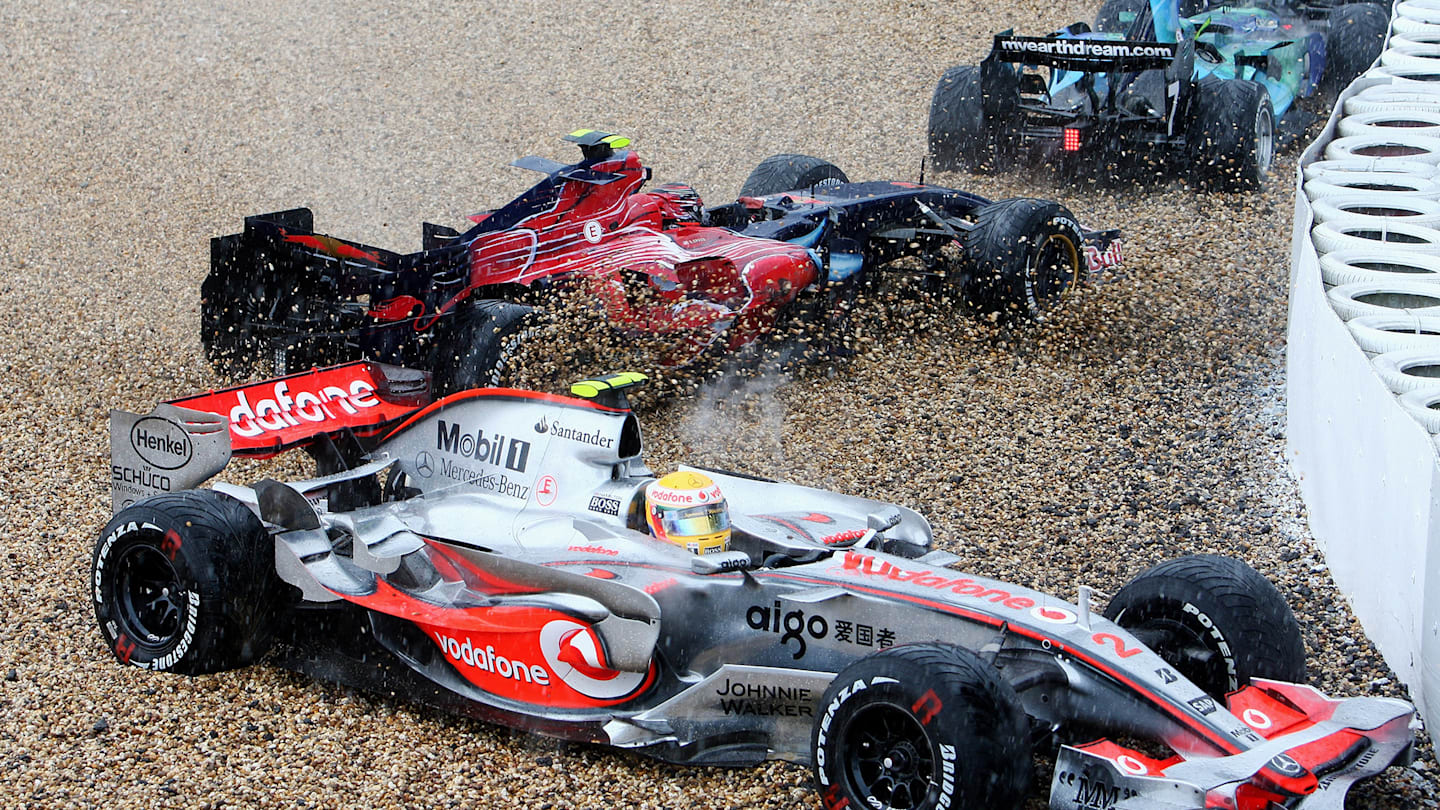
Speed was one of several drivers, including Hamilton, to slide off the track at the Nurburgring in 2007
“Ultimately, there was a crash at the Nurburgring and I got into a disagreement with Franz when I came back to the pit box. I love Franz, he had a tough job, and really what this comes down to is my patience for being there and taking anything… I was over it. I was smarting off, I’m sure I was being disrespectful to Franz, and we had a little altercation on the pit road.
“The next weekend they replaced me and put Sebastian Vettel in the car, but I think it mostly stemmed from me not being happy in the situation. It was pretty clear that they wanted to get Sebastian in one of our cars, and I was basically the first one to raise my hand and say, ‘You can have it, good luck!’ It’s tough.”
“Carte blanche” from Red Bull’s boss
So, a year and a half after arriving in F1, Speed was on the sidelines.
It would not be a complete separation between driver and company, though, with Red Bull co-founder and owner Dietrich Mateschitz giving Speed the opportunity to remain part of the family and represent them elsewhere.
“Red Bull, being the incredible company they are, were willing to keep me on with their programme,” he says. “After Sebastian got in my car, they waited a couple of races to see where he was going to run. When he ran in a similar place, I got a call to see Didi and, bless his heart, he gave me carte blanche and asked me what I wanted to do.
“When I was unsure of what Red Bull were going to do, I did look at other options and started lining other stuff up in F1, but as soon as I met with Didi and realised that they were still behind me, it was a no-brainer. I wouldn’t have a racing career without Red Bull, and they’ve given that opportunity to so many athletes.
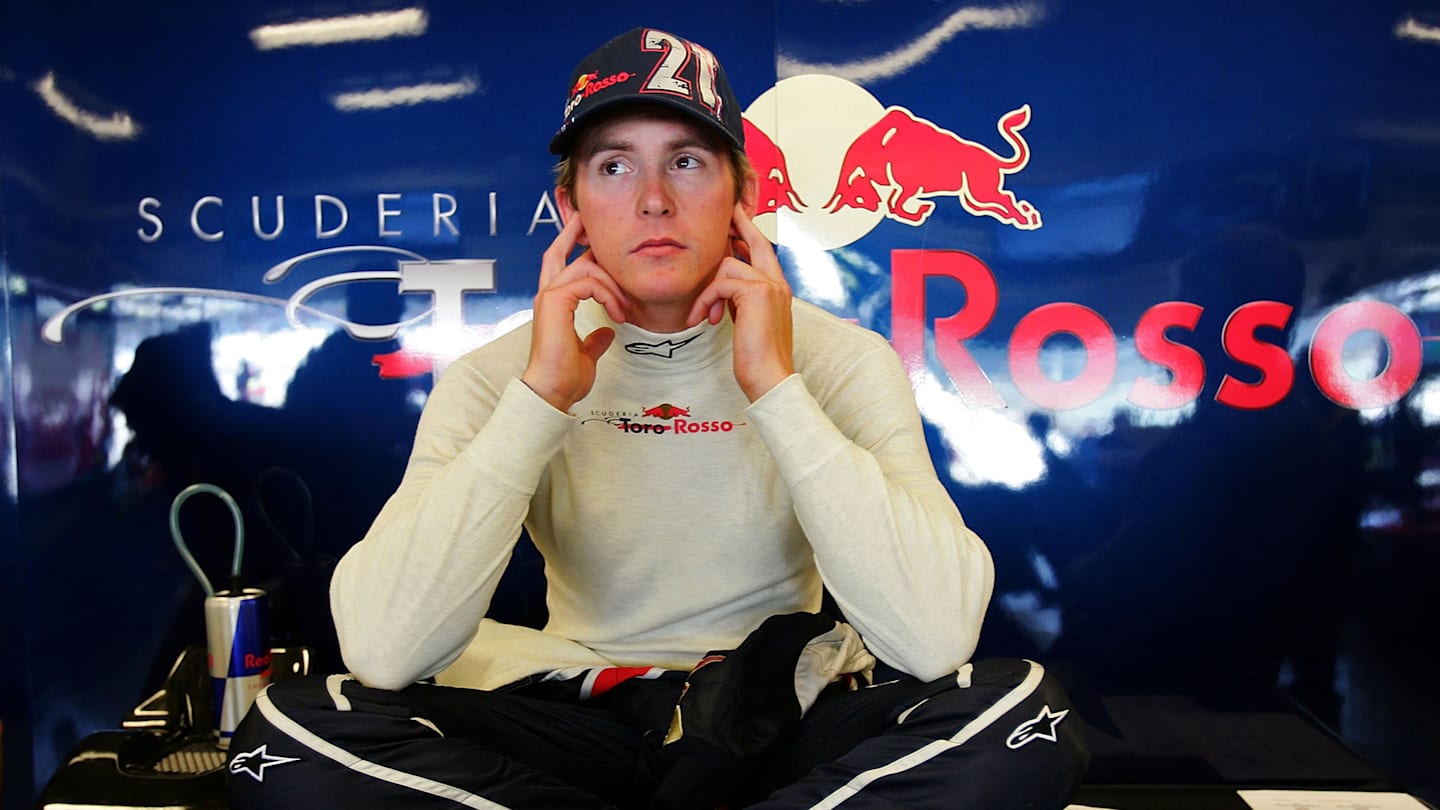
While he was in and out of F1 in under two seasons, Speed remains grateful to Red Bull for the opportunity
“It annoys me so much when people want to criticise or have anything bad to say about how Red Bull run their junior programme, or the opportunities they offer, or the crazy contracts they give their guys. They have given [opportunities to] guys that had no way to get there – there’s not a path without them.
“Anyway, I just wanted to go home. It was a long time in Europe and I ran home, basically. I wanted to do something different, so I went and did NASCAR, which was wild. It was probably the best decision I made in my life, because it opened up so many doors and so many different ways of thinking for me that led me to where I am today.”
A period of growth
Prior to his NASCAR stint, Speed got to grips with stock cars by tackling the Automobile Racing Club of America (ARCA) feeder series. He made a one-off appearance in 2007 shortly after exiting F1 and entered a full season in 2008, when an impressive title challenge was derailed thanks to a clash with – and controversial retaliation against – Ricky Stenhouse Jr.
When Speed graduated to the NASCAR Sprint Cup Series with Team Red Bull, he worryingly discovered that “I couldn’t do it for the first time in my life”. What followed was a “slow process” of understanding that “I needed to think about things differently” and “had to change” both on and off the track to succeed.
“At the time that I came back to America, I had such an ego it was outrageous,” Speed chuckles. “I had made it in F1. I was like, ‘I proved that I can compete with the world’s best. Nothing will ever touch that. Nothing I ever do in my life will compare to that accomplishment’. Basically, I retired at 24.
I had such an ego it was outrageous. I had made it in F1. I was like, ‘I proved that I can compete with the world’s best’. Basically, I retired at 24.
Scott Speed
“I thought NASCAR would be easy, different and exciting. I did it and I found out that it’s really, really hard! Honestly, if you’ve seen the movie Days of Thunder, it’s unbelievably accurate. I literally lived that Cole Trickle experience without the success!
“I was really fast on my own, never had a problem finding speed, but as soon as you had to start racing people… Racing on an oval is so different, but so awesome. I had an amazing journey to try and figure that out. Unfortunately, again, I had a really bad, fixed mindset of how I was going to do that.
LIGHTS TO FLAG: Timo Glock on his last-minute F1 debut, Brazil 2008, and getting behind the mic
“It sounds crazy, but I never had the belief that I could get better at racing. My whole life, I just thought I could do it. I know now how ridiculous that sounds, but that’s what I thought. I think this all comes from having really early success in racing.”

RACE TICKETS - UNITED STATES
Don't miss your chance to experience the amazing Circuit of The Americas...
Rallycross heroics
Speed remained at Red Bull’s squad until the end of the 2010 season, when he was replaced in their line-up and subsequently filed a lawsuit. The spot was gone for good, though, and led to outings with an array of NASCAR outfits through 2011 and 2012 – along with an attempt to qualify for the Indianapolis 500.
‘Toenail’, as he had become known in NASCAR circles after celebrating an earlier Craftsman Truck Series victory with a mani-pedi, embarked on another completely different challenge in 2013 when he joined the Global Rallycross Championship – which happened to be sponsored by Red Bull and was part of three X Games events that year.
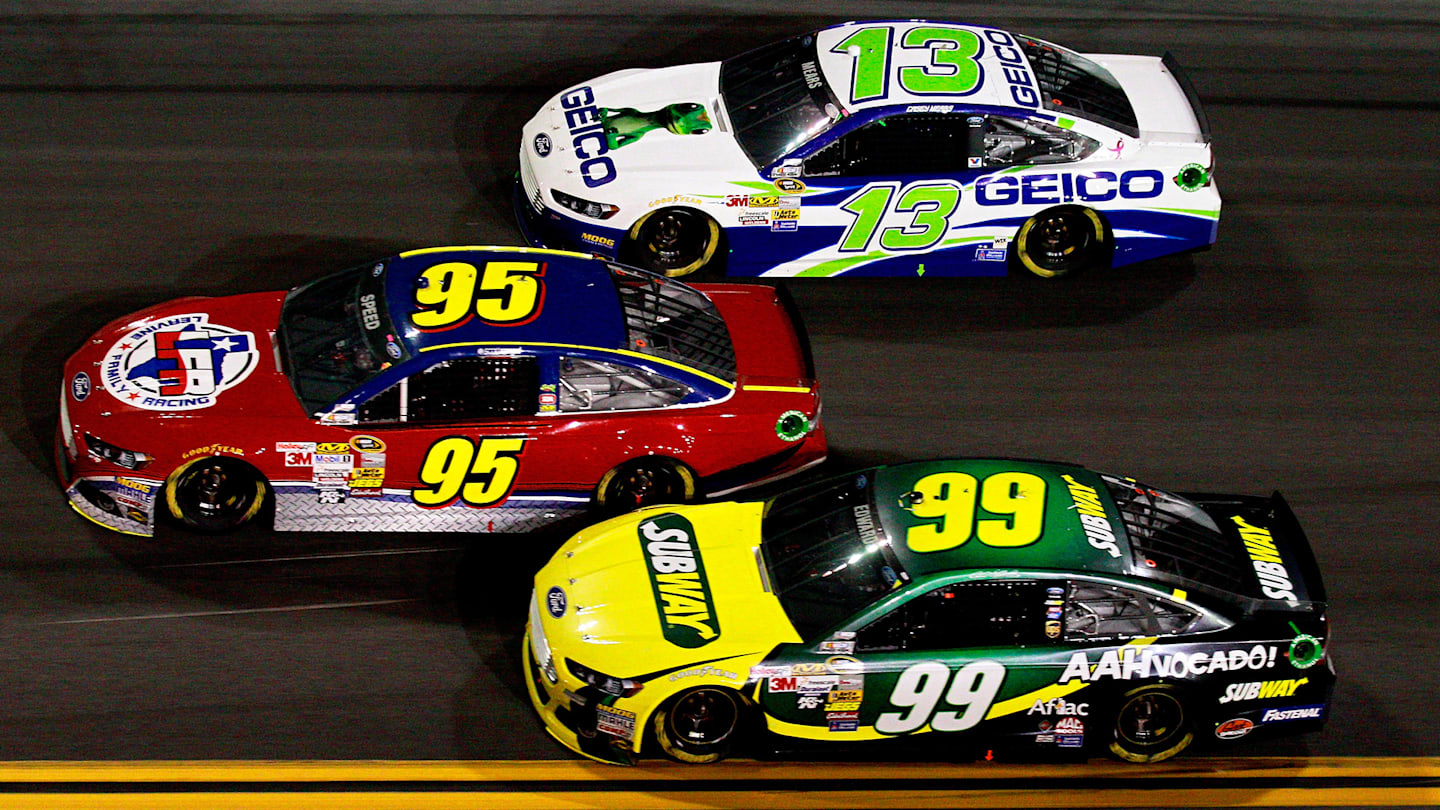
Speed joked that he lived “the Cole Trickle experience without the success” in NASCAR
It was a strong start for Speed, who won on debut in Brazil with the Olsbergs MSE operation and finished fifth in the overall standings, before joining Volkswagen Andretti for 2014 and improving to third. Then, via some side quests in Formula E and GT racing, he went on an incredible title-winning run to earn the 2015, 2016 and 2017 crowns.
After the series folded, Speed took his form to the new Americas Rallycross Championship, winning yet again with Volkswagen Andretti in 2018 and – having switched to Subaru Rally Team USA – looking likely to make it five in a row through 2019.
READ MORE: From Fangio to Hamilton – Who are the oldest world champions in the history of Formula 1?
That was until he fractured his vertebrae in a heavy landing from a jump at the Nitro World Games and missed the final rounds of the ARX season – the incident also having a mental impact.
“If anything really bad has happened to me, I’ve always felt like it’s been an awesome opportunity,” he says. “Understanding a little about PTSD (post-traumatic stress disorder), and going through it, is nice. I feel lucky to have gone through it, but it was really challenging and really painful. It also gave me time, where I wasn’t driving for the first time in my life, to gain perspective.
“It just so happened that one of my very best friends, Josh Wise, had recently started a driving performance consultancy that worked with some NASCAR drivers. He’d been doing it for a few years, was finishing up his degree in psychology and was trying to understand how to really help a racing driver.”
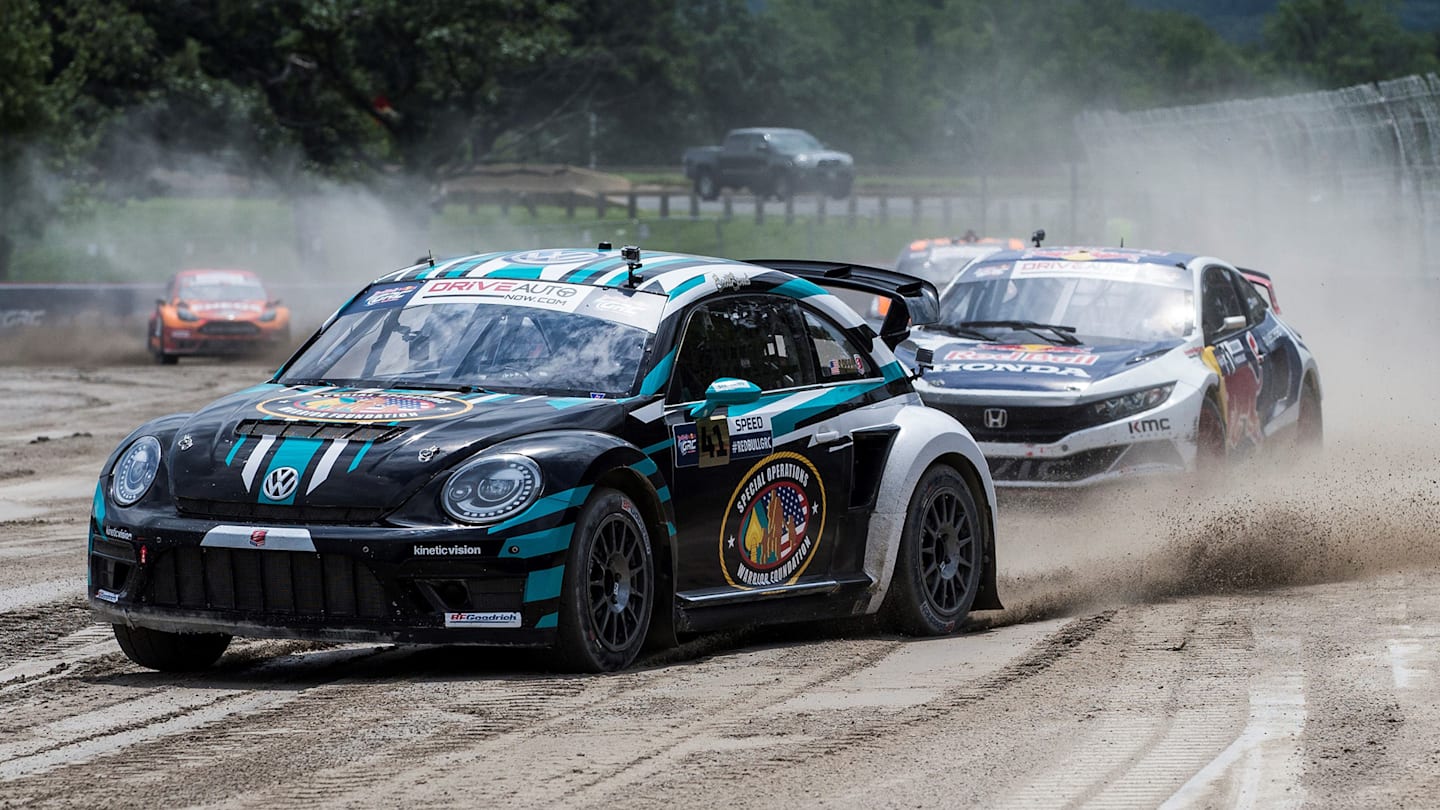
Speed’s recovery from a back injury picked up at a rallycross competition sent him in a new direction
Speed’s “favourite” chapter
While he got back in a car and added a runner-up finish in the 2021 Nitro Rallycross Championship to the CV, Speed’s driver coach role at Wise Optimization – and influencing the next generation of talent – has become his new focus and passion.
“When I raced, I never listened to anyone,” Speed continues. “I had Gerhard Berger as a team owner at Toro Rosso, I had Helmut Marko, and I never asked them a single question about driving a racecar! It’s outrageous. I literally never even asked them, which is absurd.
READ MORE: From Hulkenberg to Hamilton – how the most hyped drivers fared in Formula 1
“I’ve really enjoyed and fallen in love with that journey of being able to impact someone and help them. It showed me how awesome that feeling is. I think in my core, I’ve always been this way. It just felt more rewarding to be able to help someone get their first win or to improve driving a racecar than it ever did for me to win a trophy.
“To help someone else grow and achieve, I have energy for that all day. So, the experience of breaking my back really opened that world up to me. It was great timing to join Josh and to continue growing that part of my life and that part of my racing career now. It’s a new chapter, but it’s been my favourite one so far.”
YOU MIGHT ALSO LIKE

Video WATCH: Ride onboard as Piastri set the fastest Friday lap at Suzuka
Feature F1 FANTASY: Strategist Selection – What’s the best line-up for the Japanese Grand Prix?
News Tsunoda reflects on his first outing as a Red Bull driver and assesses feel of the RB21
News Russell confident Mercedes ‘in the mix’ for Qualifying after ‘pretty positive’ Friday at Suzuka
